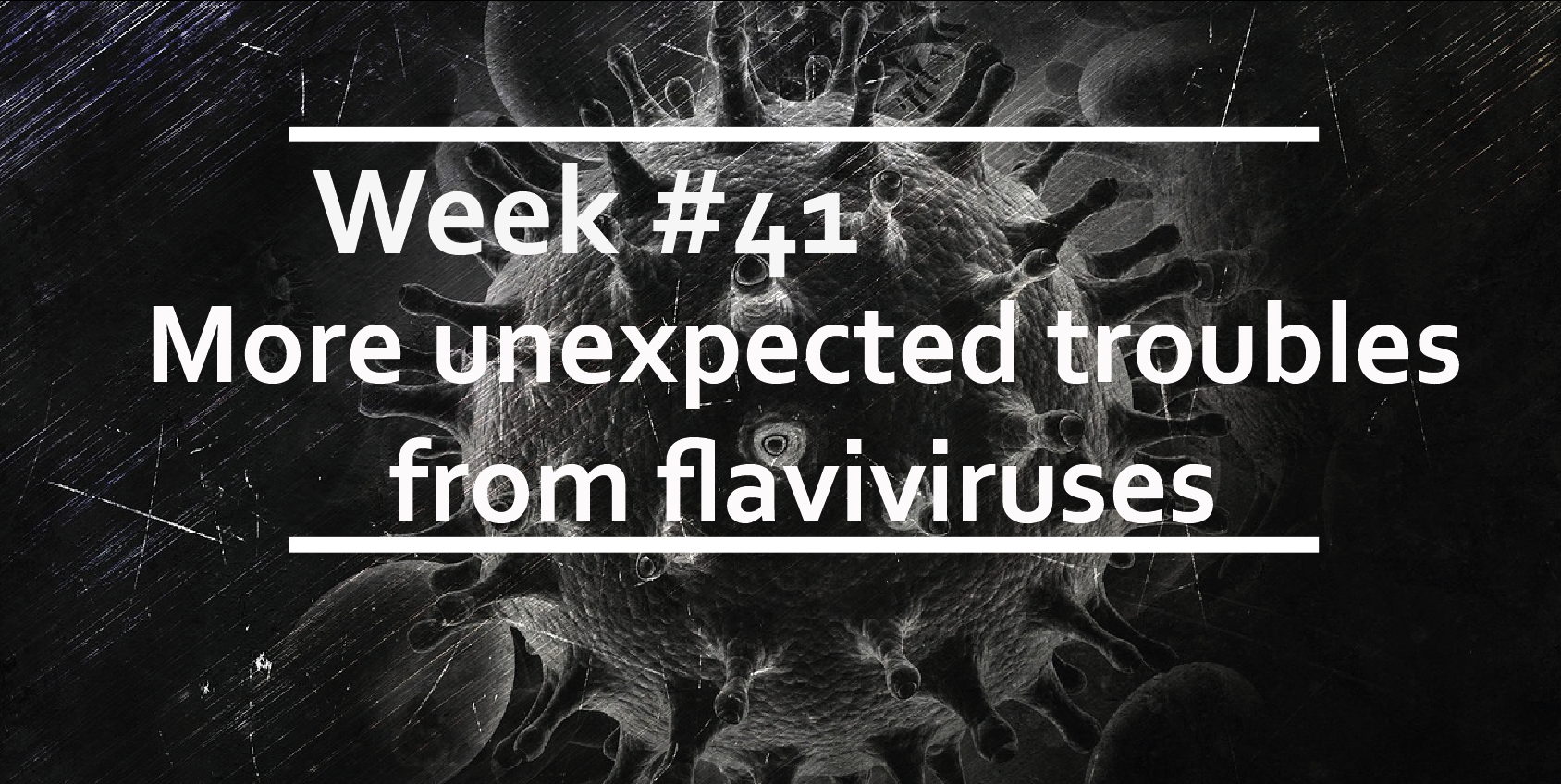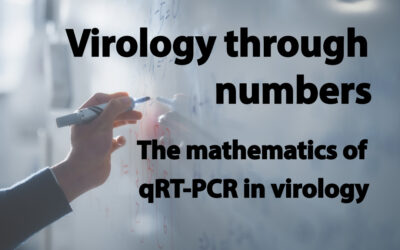More unexpected troubles from flaviviruses
The functions of the gastrointestinal (GI) tract are controlled by the so-called enteric nervous system (ENS). Although influenced by the central and the autonomous nervous systems, the ENS can act independently of both, and because of this it is also called the second brain.
The ENS consists of a system of 500 million neurons, embedded in the lining of all the GI system. These neurons are divided into the myenteric plexus, which provides innervation to the muscular layers of the guts and controls gut motility, and the submucosal plexus, which lies in the submucosal layer of the gut and controls intestinal epithelial function and repair, intestinal blood flow, and responses to sensory stimuli.
Dysfunction of the ENS causes significant intestinal diseases and is associated to a variety of pathologies, including irritable bowel syndrome (IBS) and many dysmotility disorders. Interestingly, these disorders appear sometimes to follow infections or inflammatory pathologies. A correlation between infection and the onset of dysmotility disorders has been shown for a number of bacterial, protozoal, and viral agents, including neurotropic herpesviruses like HSV-1, varicella-zoster, and EBV. However the consequences of other neurotropic viruses in these disorders has not been explored.
Interestingly though, a number of people infected by the neurotropic flavivirus West Nile virus (WNV) describe GI symptoms like vomiting, diarrhea, and abdominal pain. In fact, pathological lesions of the GI as well as viral presence have also been observed in WNV infection. This body of information is what made White and colleagues investigate the consequence of neurotropic flavivirus infection in the gut.
WNV and ZIKV infected mice show GI disorders
Mice systemically infected with WNV or Zika virus (ZIKV), but not with chikyngunya (CHIKV, a non neutotropic alphavirus), show dilatation of intestinal segments by day 8-10 post-infection (pi), particularly in the mid- and distal- small intestine.
Viral RNA was also detected in different tracts of the GI by day 2, and by day 4 it could be found in virtually all GI regions. Peak RNA levels were detected at day 6-8 pi but traces were still present after 56 days.
The authors next investigated whether bowel dilatation was a consequence of decreased motility by tracing FITC-labelled dextran (a marker poorly absorbed by the GI tract) during acute infection and saw slower transit compared to controls. Conversely CHIKV RNA accumulated mostly in the spleen and much less in the GI tract, with no effect on GI motility. Although viral RNA is not necessarily indicative of ongoing viral replication or of fully infectious virus, the differences with CHIKV suggest that RNA accumulation in the gut and slow motility are specific of these neurotropic flaviviruses.
Which cells are affected?
So, where do these viruses replicate in the GI tract? By immunofluorescence staining, the authors show WNV antigens in the ganglia of the myenteric plexus of the distal small intestine, throughout the small intestine, and in isolated neurons of the submucosal plexus at day 6 pi. Consistent with viral tropism, no antigen was detected in the GI epithelium. Viral antigen was specifically seen in enteric neurons but not in glial cells or macrophages. Also, increased lethality of enteric ganglia was observed upon infection.
An immune-mediated response
While villi were not at all damaged, infiltration of immune cells, particularly CD3+ and CD8+ T cells, could be detected at 6 days pi until 28 days. To understand the impact of CD8+ T cells in causing GI neuronal damage, the authors infected mice lacking either B and T cells, or α,β and γ,δ T cells, or CD8+ cells only. Although infection of the GI tract was comparable to wild type mice, GI transit of dextran was comparable to mock infected controls suggesting that T cells are indeed involved in pathogenesis. The reverse experiment, where CD8-/- mice were re-populated with CD8+ cells from mock-infected or WNV-infected mice showed GI motility dysfunction only in recipient of WNV-infected cells. This points to an immune-mediated rather than directly virus-mediated damage. On the other end, mice lacking CD8+ cells succumbed to the infection more rapidly that the wild type counterpart, confirming an important role for these T cells in clearing infection.
The long term sequelae of GI neurons infection
Transit dysfunctions were shown to be long term, persisting 4 to 7 weeks after infection in convalescent mice. Mice that eventually succumbed to infection displayed the more severe transit delays, while mice treated with an anti-WNV antibodies showed the mildest symptoms, suggesting a correlation between viral abundance and GI dysfunctions. Importantly, even mice that recovered from infection remained sensitive to unrelated systemic infection (the attenuated Venezuelan equine encephalitis virus vaccine) and inflammatory stimuli (polyI:C) administered towards the end of the convalescent period. Although some low levels of WNV RNA could still be measured in the gut, delayed GI transit was shown to be independent of actual infection or infiltration of inflammatory cells as in the primary infection. While the authors show that a new infiltration of immune CD8+ T cells doesn’t explain this recurrent motility delay in mice, it is possible that the infection-induced damage to neurons that control GI motility may be responsible for these long-term dysfunctions.
These observations closely resemble what seen in convalescent humans, who report intermittent episodes of diarrhea, constipation, and abdominal pain, often in association with other unrelated infection or inflammations.
Outlook
While enlargement of areas in the GI tract were shown for ZIKV as well as WNV, the study focuses on WNV so it is unclear whether the same symptoms and long term effect are observed following ZIKV infection as well. ZIKV is reported to infect neural progenitors rather than fully differentiated neurons, so it would be interesting to know whether it can also infect neurons in the GI tract and to what extent.
Interestingly, the authors also show support of the hypothesis that many bowel inflammatory diseases and dysfunctions may be associated with previous infections, as already suggested by other studies on different pathogens. While, as the authors point out, infections with WNV, ZIKV, or other neurotropic flaviviruses are unlikely to explain most of these pathologies, particularly in the western world given the low frequency of infections, however other more common neurotropic infection (as with the herpesviruses) may be the underlying cause of several GI diseases.
This offers interesting avenues for therapeutic intervention, and invites us to revisit the concept of acute infections: what is their real impact in the long run?




